It was only a few months into my career as a movie location scout in New York City that I was first asked to find a neighbourhood that didn’t exist.
In 2008, I was scouting on a gritty police thriller, and had been assigned the job of driving one of the designers around to various potential shooting locations. He took a particular interest in a scene set in a down-and-out neighbourhood, and asked me to take him through the “bad sections” of Brooklyn.
This posed a slight problem: I had no idea where to go.
I started with Bushwick – at the time, a heavily industrial area still years away from its current revival as a haven for young artists. As we drove past the crumbling factories and weed-strewn lots, I was sure I had a winner. “Not residential enough,” the designer groused.
From there, we headed south through Bed-Stuy, where crime rates were still particularly high (a friend had recently been mugged and beaten with an aluminium bat while returning to his apartment late one night). Another misfire: with its tree-lined streets and rows of beautiful townhouses, “down-and-out” was the last way anyone would describe Bed-Stuy, even then.
After striking out in Crown Heights, Brownsville and East New York (often referred to as the “murder capital of New York”), I was literally out of options. The designer was undeterred. “You know what I mean – the bad neighbourhoods! Burning barrels! Trash everywhere! Homeless people in the street! Where do we find it?”
That’s when I realised we were looking for something that only exists in the movies.
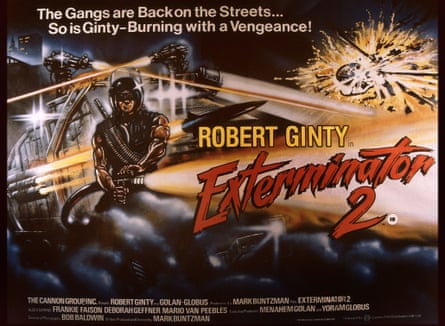
There is no other city one can know as completely from the movies and television as New York. Even if you’ve never set foot in Manhattan, there’s a good chance you can instantly picture a multitude of its neighbourhoods: Carrie Bradshaw’s favourite cupcake spot (the Village); the Ghostbusters’ firehouse (TriBeCa); the deli where Harry met Sally (Lower East Side).
As a scout, it’s my job to find the real-world locations that best match the director’s vision of New York. The problem arises when that vision comes not from real life, but from the movies.
Take alleyways, for example. From the movies, you’d think Manhattan to be riddled with dank, dangerous, trash-strewn back-alleys, complete with rusting fire escapes and crumbling, graffiti-covered brick walls. So it often comes as a total shock to most directors when we tell them that Manhattan actually has only three or four of these types of alleys (Cortlandt Alley, Great Jones Alley, Broadway Alley, Staple Street), and none are dangerous in the slightest.
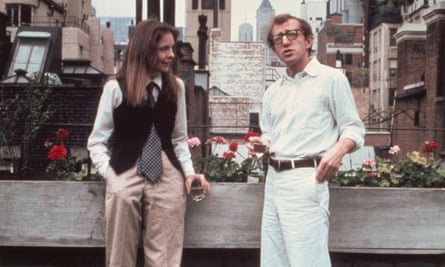
Will this cause a film-maker to rewrite the scene for a location that actually exists in modern-day, gentrified Manhattan and treat New York as a living, breathing world? Never, which is why you’ve seen these four alleyways used over and over again, perpetuating the same tired cliche. Similarly, the nonexistence of a “bad neighbourhood” as described above didn’t stop that particular director from simply dressing down a random street to fit his desired look.
This has not always been the case. For decades, film-makers came to New York City not for a generic urban backlot set, but to capture the essence of the city. Consider Taxi Driver and Annie Hall. Despite being made less than a year apart (1976 and 1977, respectively), their competing portrayals of New York couldn’t be more different. Whereas Scorsese’s New York is a simmering cauldron of filth, neglect and despair, Allen’s is a playground for the upper-crust intelligentsia and middle-aged hippies.
And yet both are valid representations of New York at the time. Each director simply focused on and exaggerated the elements of the city that pertained most to his story.
Exaggeration has always been a fundamental aspect of film-making. You’ll often hear a director or production designer complaining that a particular neighbourhood “does not look enough like itself”, and making various cosmetic changes – a nondescript wall in the East Village might be gussied up with flyers for punk shows, for example, or a Chinatown byway given additional Chinese signage and decoration, as was done on Disney’s The Sorcerer’s Apprentice.
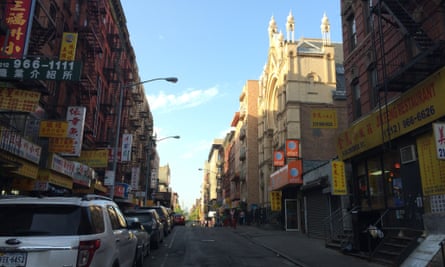

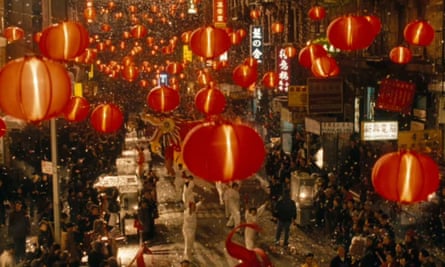
Exaggeration is one thing. Flat-out lying is another.
The trajectory of this unfortunate shift in New York film-making is perhaps best exemplified by looking at how Coney Island has been portrayed throughout film history. Since the dawn of cinema, Coney Island has been a beloved shooting location. From the early 1900s through the 1950s, film-makers emphasised its glorious, one-of-a-kind splendour, from silent shorts starring Fatty Arbuckle and Buster Keaton through the seminal 1953 cinéma vérité classic, Little Fugitive.
As Coney Island’s fortunes shifted into decline in the 1960s and 1970s, its portrayal in the movies followed suit. Allen emphasises this in Annie Hall by contrasting the nostalgic perfection of the park from his childhood to its then desolate state. By 1979, it was so dilapidated that The Warriors was able to depict it as a post-apocalyptic wasteland with only minor changes.
Today, Coney Island is a neighbourhood desperately trying to find its identity in the 21st century. While the Cyclone rollercoaster, the Wonder Wheel and Nathan’s Hot Dogs continue to thrive, much of its iconic architecture has been bulldozed, leaving enormous vacant lots and an otherworldly feeling of abandonment to what should be a joyous, carnival atmosphere. How fascinating it would be to capture such a singular neighbourhood in flux on film.
And yet today, film-makers instead simply treat it as a backlot set, a blank slate to create whatever version of amusement park best fits a script. A great example of this can be found in two competing episodes of Law & Order: SVU. In the season 10 finale, Zebras, the park is shown as a thriving joyland, packed to the gills with parents and children enjoying state-of-the-art rides while munching on popcorn and cotton candy. But just three seasons later, it would be depicted in another episode, Strange Beauty, as a mysterious, freak-filled carnival home to body-mutilation enthusiasts, the last place a family would think to go. The fact that neither of these portrayals resemble reality hardly seems to have bothered the film-makers.
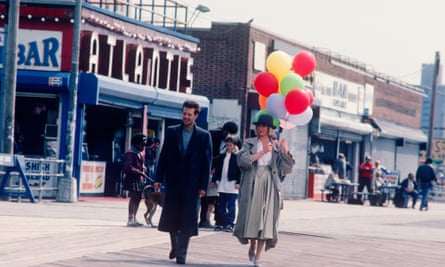
A few summers ago, I was hired to scout for a movie being shot entirely in the Bronx. If you believe its Hollywood portrayal, the Bronx is hell on Earth, a lawless Gomorrah of sin and vice where crime runs unchecked and if your car breaks down in the Bronx, you better run like hell.
I knew this wasn’t the case, but I was still a bit nervous when I first started scouting. We were shooting in some of the more dangerous neighbourhoods, and walking the streets with a big stack of neon flyers and a $5,000 camera around my neck, my mind kept returning to ... well, the movies.
Sure enough, on my first day, a tough-looking guy came right up to me as I was walking down the street. “Nice camera,” he said.
This was it. A scene I’d watched a million times over. I knew exactly how it was going to end.
“What kind of lens you got?” he asked.
“Canon 24-70mm L-series,” I replied.
“Cool. I’ve been thinking of getting one myself.”
With that, he walked off down the street and disappeared.
Just like in the movies, right?
For the rest of my scouting gig that summer, I had more casual, friendly exchanges like this with people on the street than I can count. In New York City, random conversations with strangers are usually to be avoided like the plague. And yet the Bronx reminded me of my travels in the midwest, where a visit to the grocery store might lead to a five-minute conversation with a clerk you’ve never met before about your recent vacation to Hawaii. There’s a wonderful, almost small-town spirit that permeates much of the Bronx, and I can easily say it’s the friendliest borough in New York.
Of course, you’d never know it from watching the film I worked on. Once again, the Bronx was treated as a desolate hellhole. I’m not even sure if the director had ever set foot there before. But he had seen it in the movies.
Nick Carr is a location scout and writer. Read more at Scouting NY

Comments (…)
Sign in or create your Guardian account to join the discussion